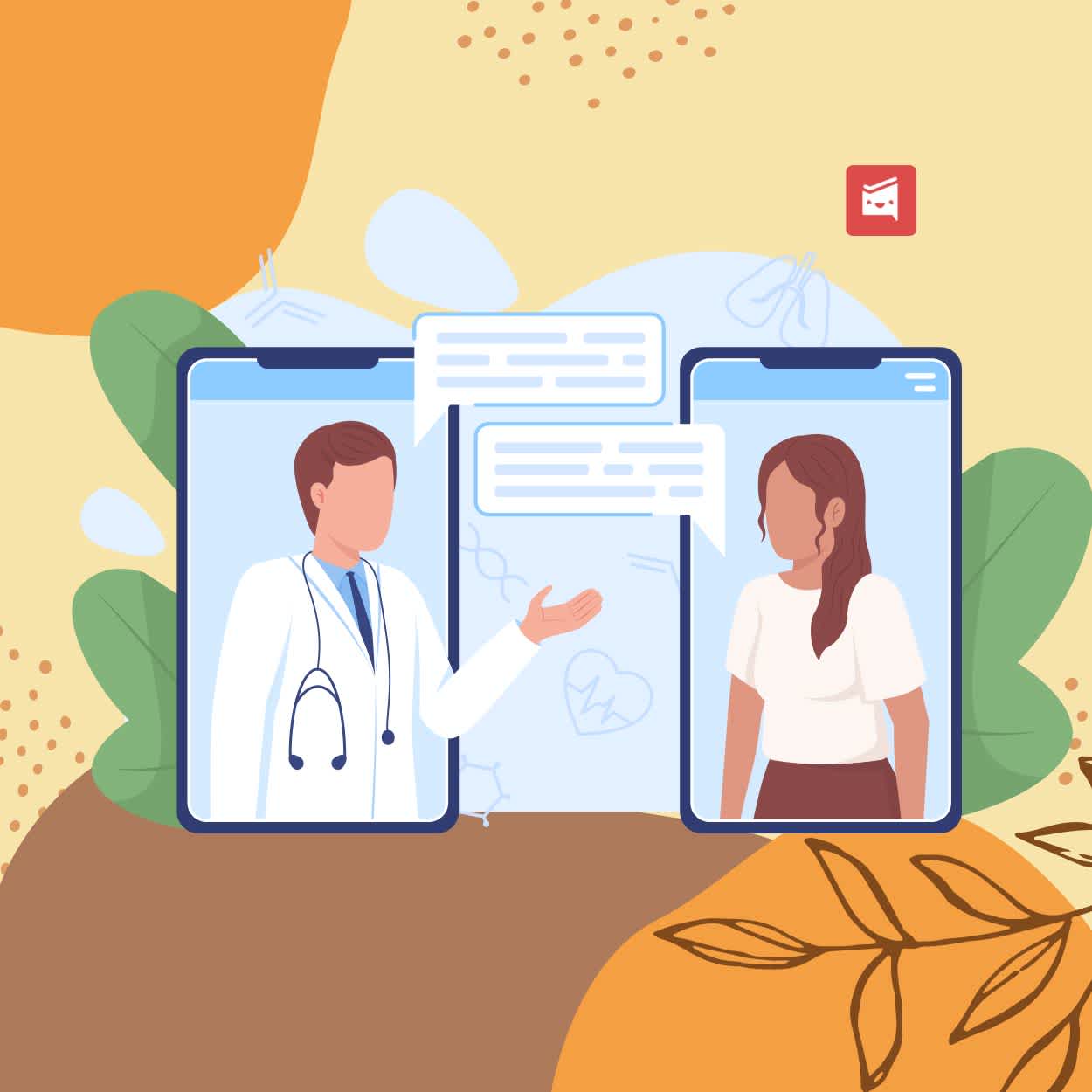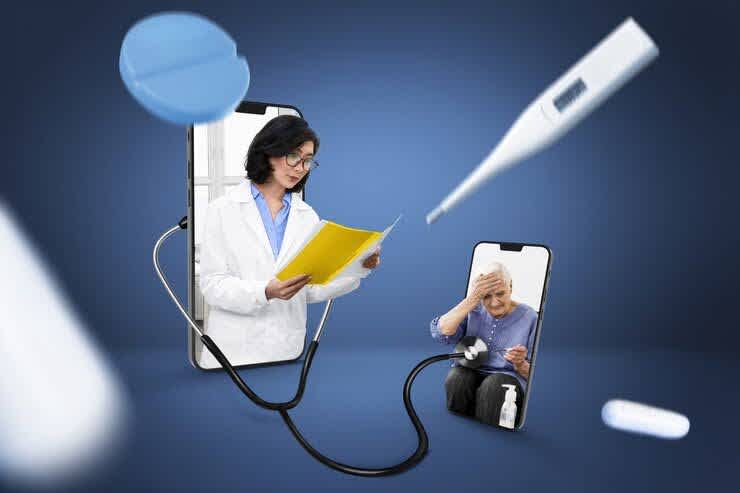The Impact of 5G on Telehealth Services
ByJulian Gette
Workast publisher

Workast publisher
The arrival of 5G technology heralds a groundbreaking era in telecommunications, poised to reshape numerous industries, with healthcare at the forefront of its transformative potential. In the realm of telehealth services, 5G holds the promise of unlocking unprecedented opportunities for delivering high-quality, accessible healthcare remotely. The enhanced speed, capacity, and reliability offered by 5G networks enable seamless transmission of large volumes of data, including high-resolution medical images, real-time video consultations, and remote patient monitoring streams. This capability revolutionizes telehealth by facilitating immersive and interactive patient-provider interactions, bridging geographical barriers, and expanding access to specialized care for underserved populations.
Moreover, the low latency of 5G networks enables near real-time communication between healthcare professionals and patients, fostering timely interventions and improving clinical decision-making. However, the adoption of 5G in telehealth also presents challenges, including infrastructure requirements, data security concerns, and regulatory compliance. Healthcare organizations must invest in robust network infrastructure and cybersecurity measures to ensure the reliability, privacy, and confidentiality of patient data transmitted over 5G networks.
Additionally, interoperability and integration with existing medical practice software pose implementation challenges that require careful consideration and strategic planning. Collaborating with reputable medical practice software providers can streamline the integration of 5G technology into existing telehealth workflows, enabling healthcare organizations to leverage its transformative potential effectively. By embracing 5G technology in telehealth services and addressing associated challenges through collaboration and innovation, healthcare providers can enhance patient outcomes, improve access to care, and drive advancements in remote healthcare delivery.
Introduction to 5G Technology
5G, the fifth generation of wireless technology, brings unprecedented speed, lower latency, and greater capacity to mobile networks. It outpaces its predecessors by offering faster data transmission rates, potentially up to 100 times faster than 4G. This leap in technology paves the way for more connected devices and enables real-time data exchange, setting a new standard for mobile communications.
Revolutionizing Telehealth Services
Telehealth, the provision of healthcare services through digital platforms, has seen a rapid expansion, especially highlighted during the COVID-19 pandemic. The integration of 5G technology into telehealth promises to further enhance healthcare delivery by improving access, efficiency, and patient outcomes.
Enhanced Access to Healthcare
One of the most significant impacts of 5G on telehealth is the potential to provide high-quality healthcare services to remote and underserved areas. With 5G's increased bandwidth and speed, healthcare professionals can offer consultations, diagnostics, and even remote surgeries to patients who previously had limited access to such services. This not only improves healthcare accessibility but also reduces the need for travel, saving time and resources for both patients and healthcare providers.
Improved Telehealth Experience
5G technology significantly reduces latency, the delay before a transfer of data begins following an instruction for its transfer. This reduction in latency is crucial for telehealth, as it enables real-time interactions between patients and healthcare providers. High-definition video calls, seamless data transmission, and the ability to use augmented reality (AR) or virtual reality (VR) for diagnostics and treatment planning can vastly improve the telehealth experience, making it more interactive and effective.
Enabling Advanced Healthcare Applications
The enhanced capabilities of 5G open the door to advanced healthcare applications that were previously constrained by technological limitations. Wearable devices can monitor patients' health in real-time, transmitting data to healthcare providers for immediate analysis. Furthermore, 5G can facilitate complex medical procedures remotely, such as robotic surgeries, by providing the necessary speed and data capacity for real-time, high-definition video streaming and the instant transfer of critical medical data.
Challenges Ahead
Despite the potential benefits, the integration of 5G into telehealth services faces several challenges. Infrastructure development is a significant hurdle, as 5G requires a denser network of base stations to ensure widespread coverage. Additionally, there are concerns about data security and privacy, given the sensitive nature of health information. Ensuring the security of patient data in a more connected healthcare ecosystem is paramount.
Moreover, there is the challenge of digital divide. While 5G could dramatically improve access to healthcare services for remote and underserved communities, the reality is that these are also the areas that may be last to receive 5G infrastructure, potentially widening the gap in healthcare access.
Conclusion
The integration of 5G technology into telehealth services holds the promise of transforming healthcare delivery. By providing faster, more reliable access to healthcare services, enhancing the telehealth experience, and enabling advanced healthcare applications, 5G could significantly improve healthcare outcomes and accessibility. However, to fully realize these benefits, it is crucial to address the challenges of infrastructure development, data security, and the digital divide. As we stand on the brink of this technological revolution, the healthcare sector must navigate these challenges thoughtfully to harness the full potential of 5G in improving telehealth services for all.
